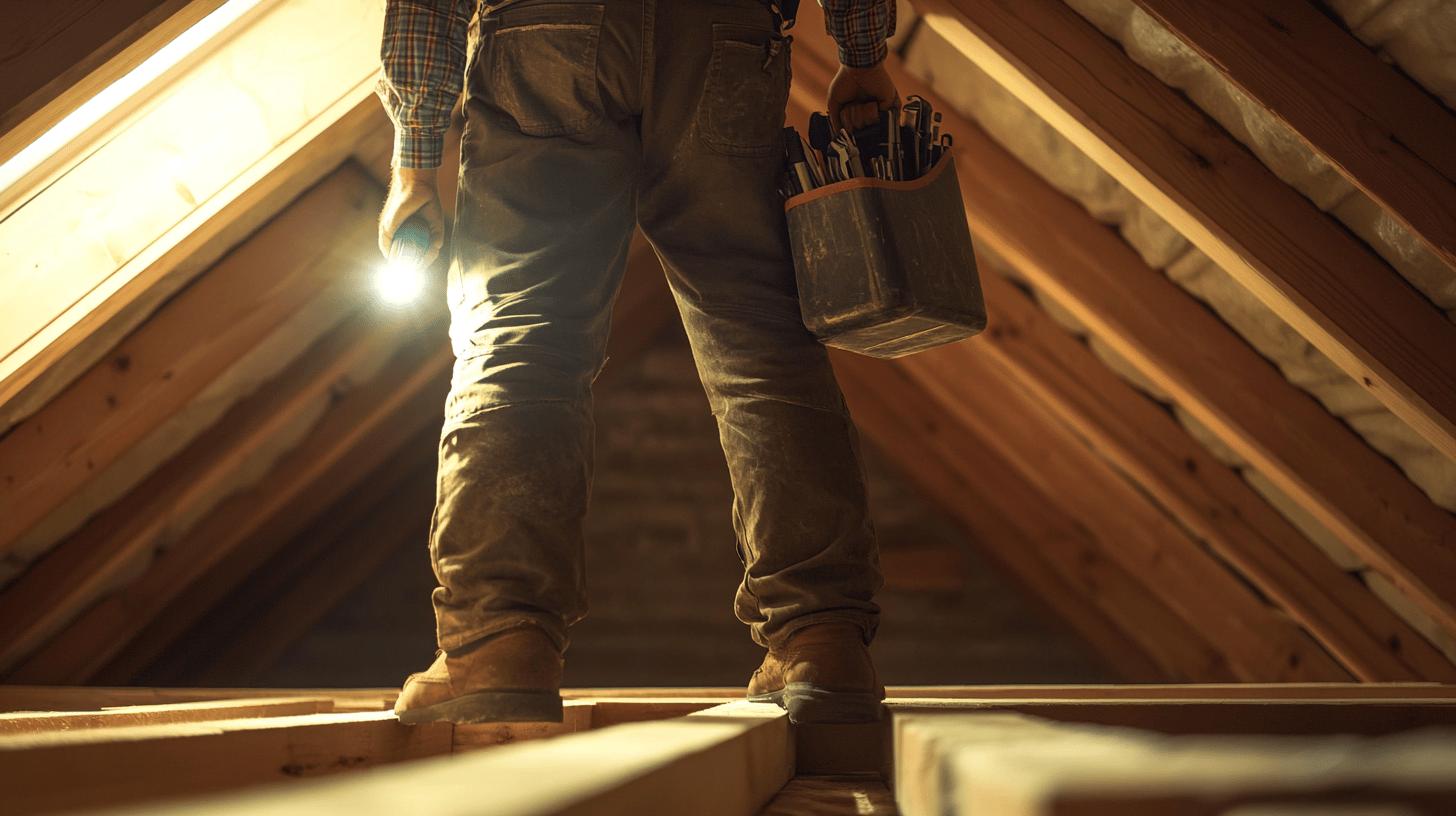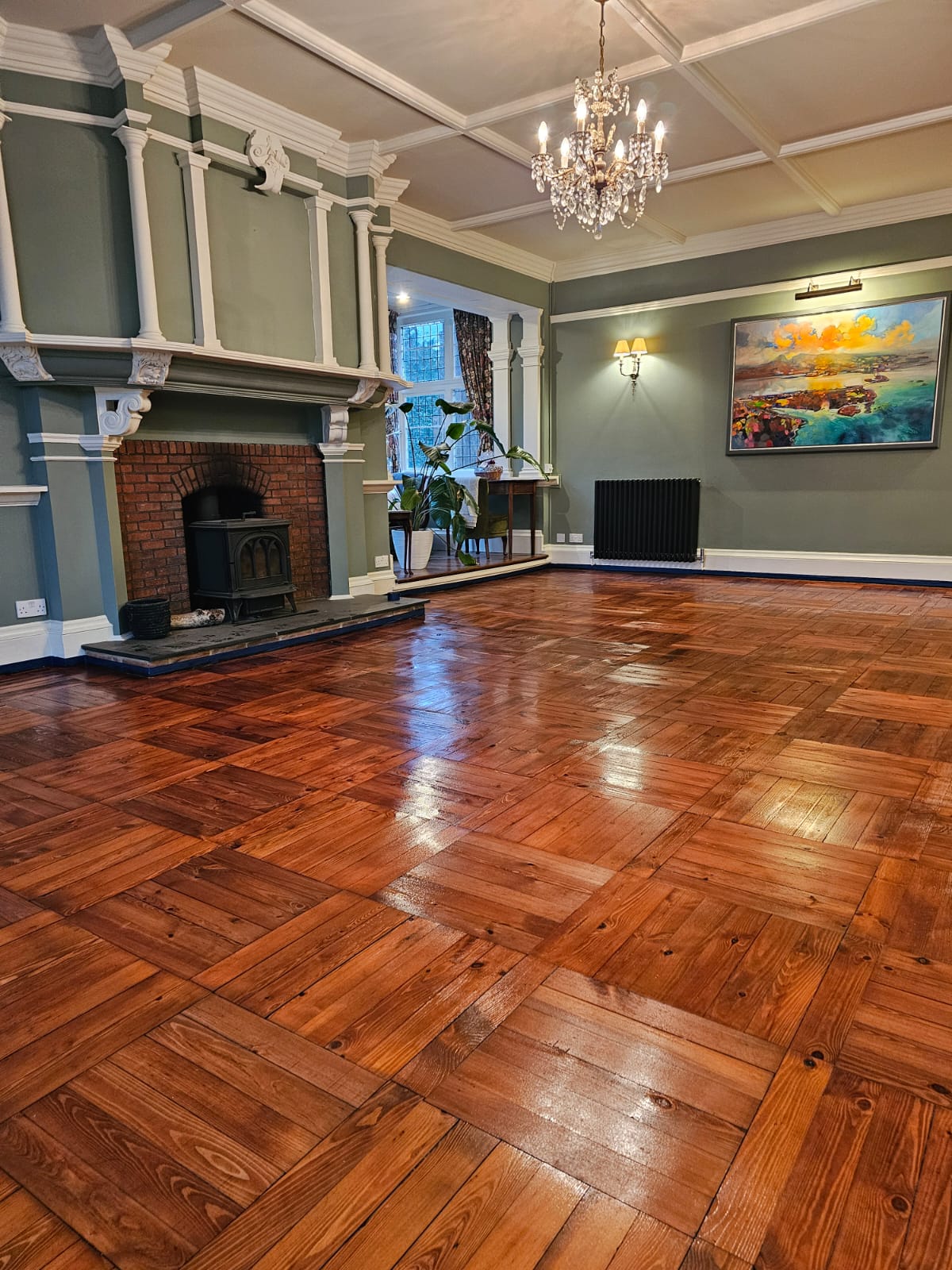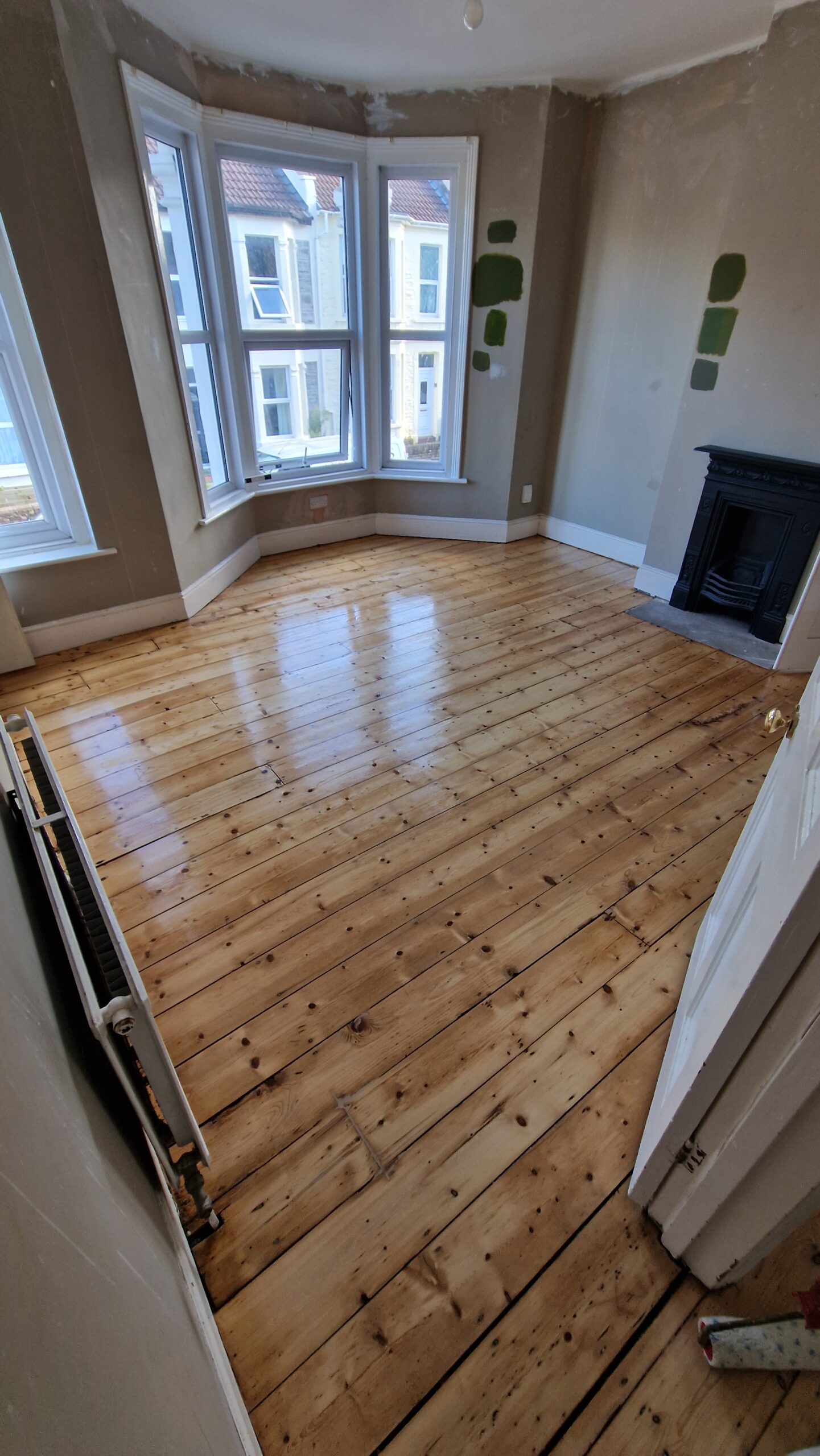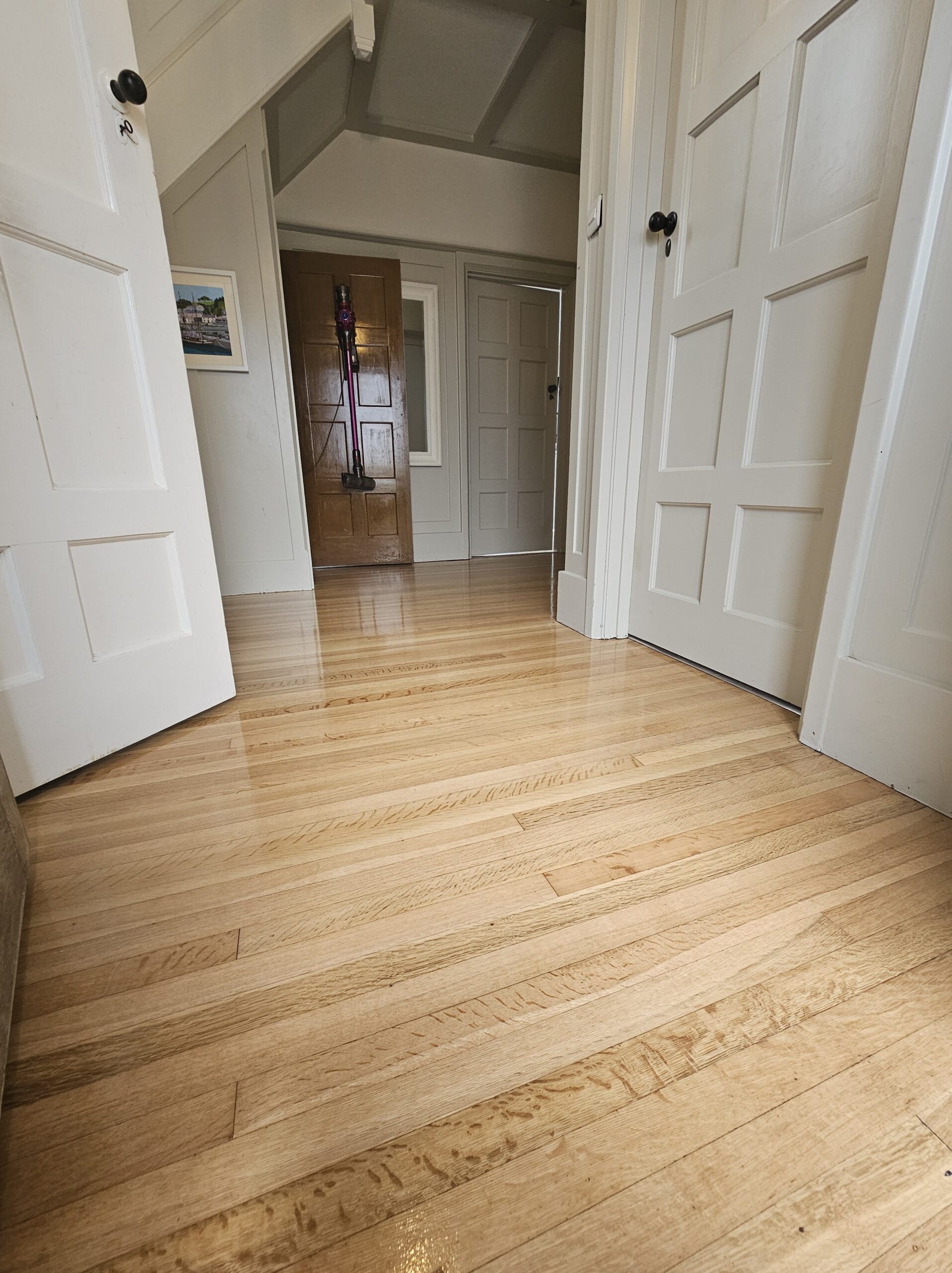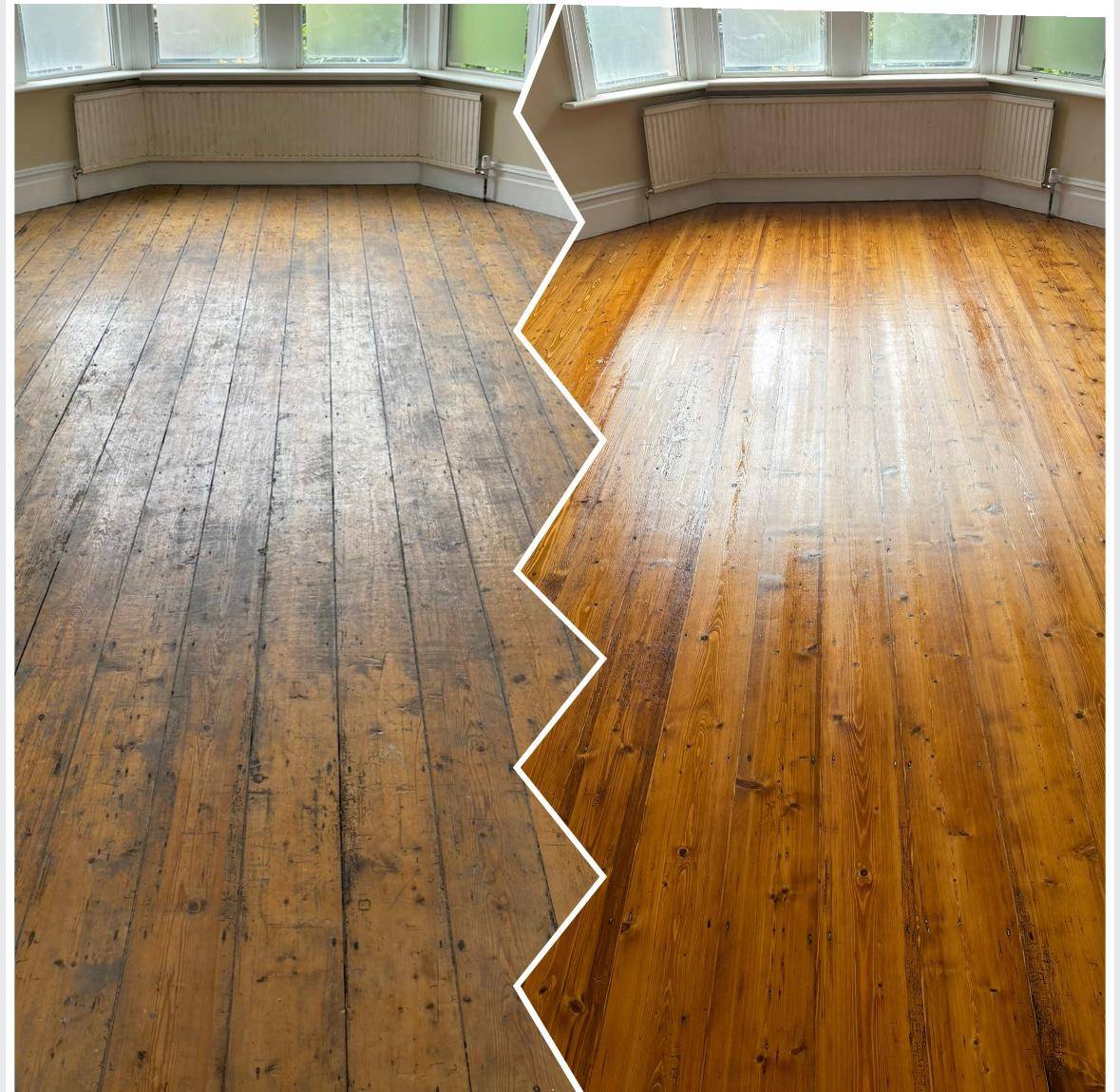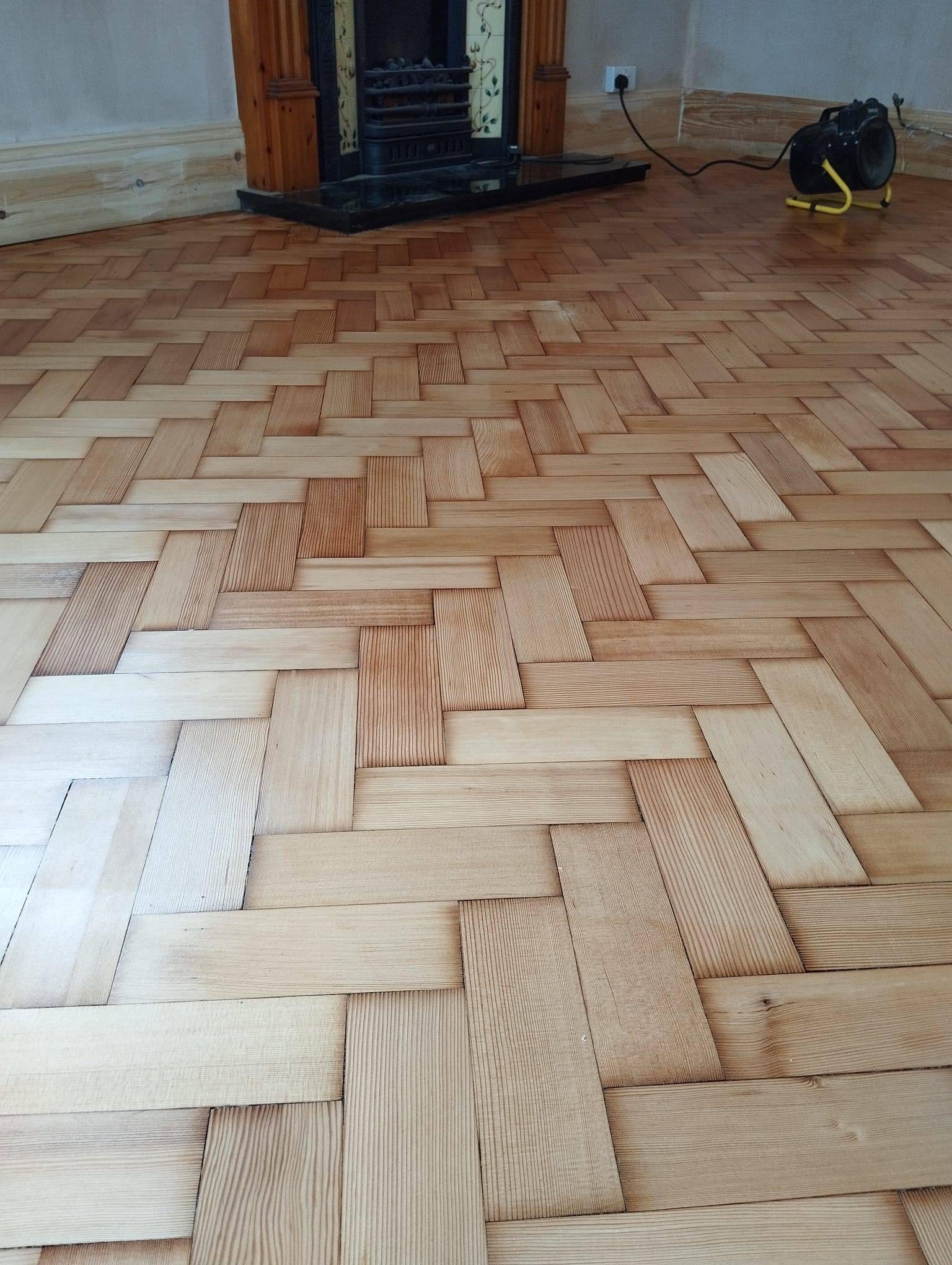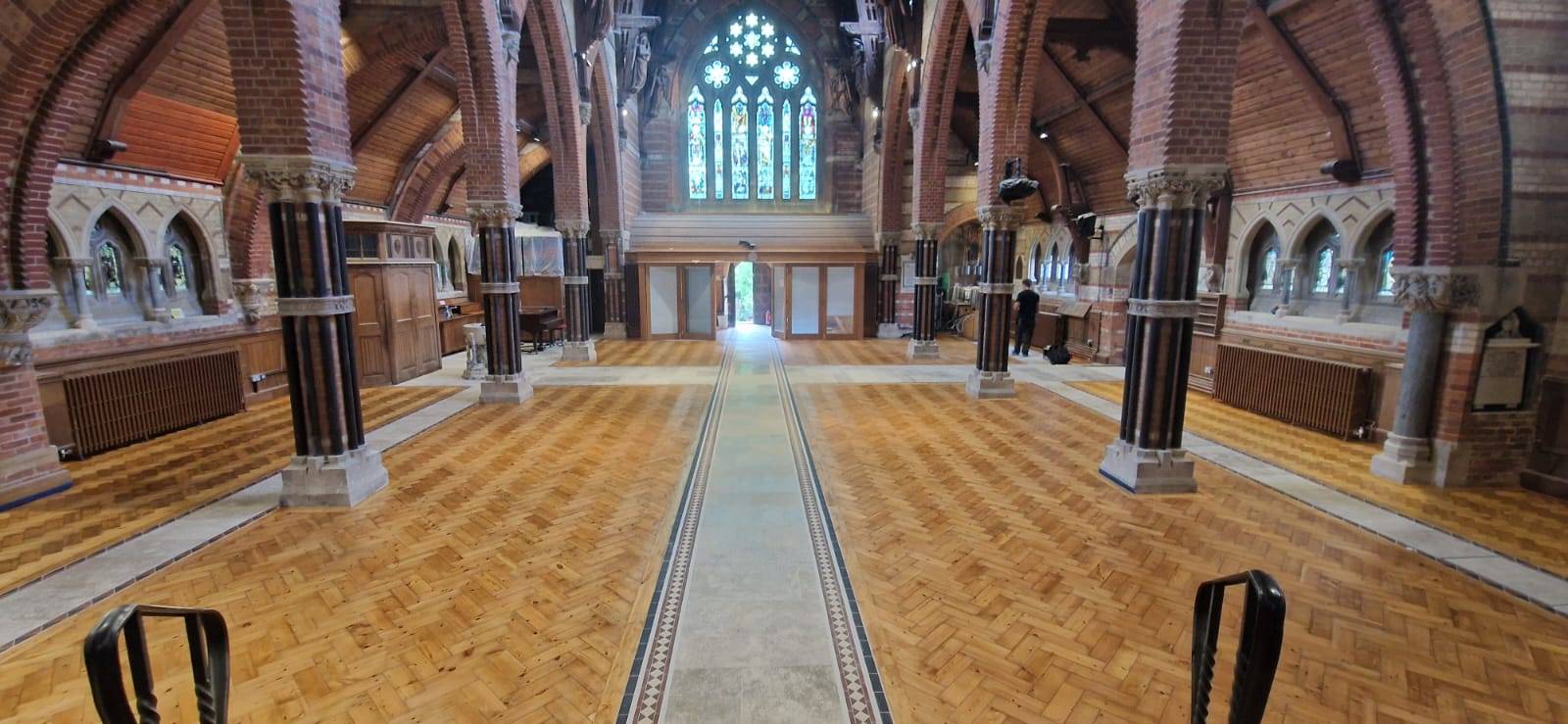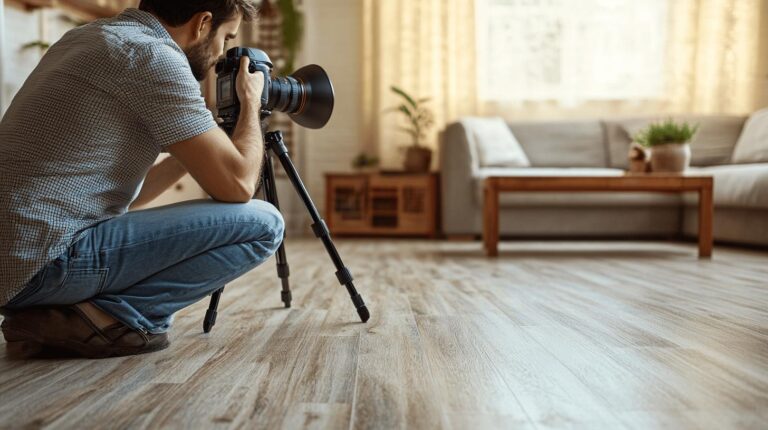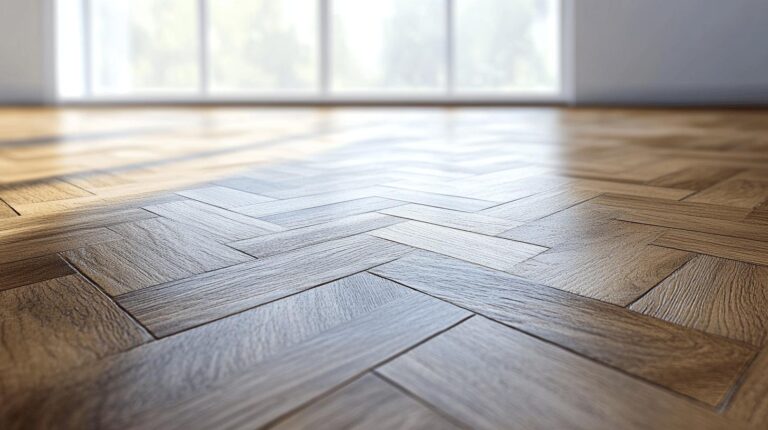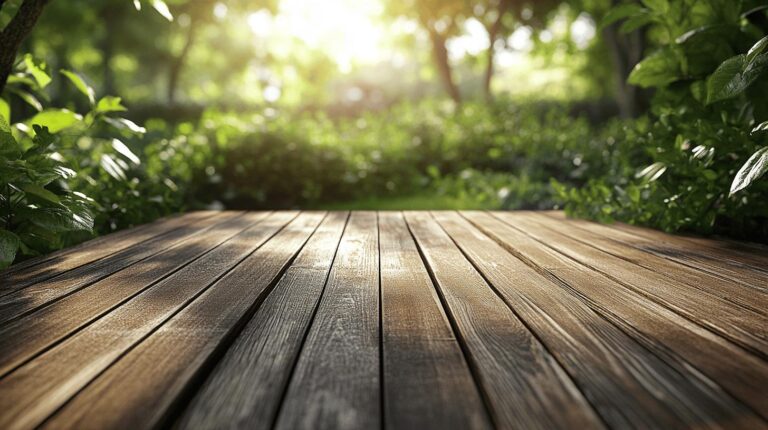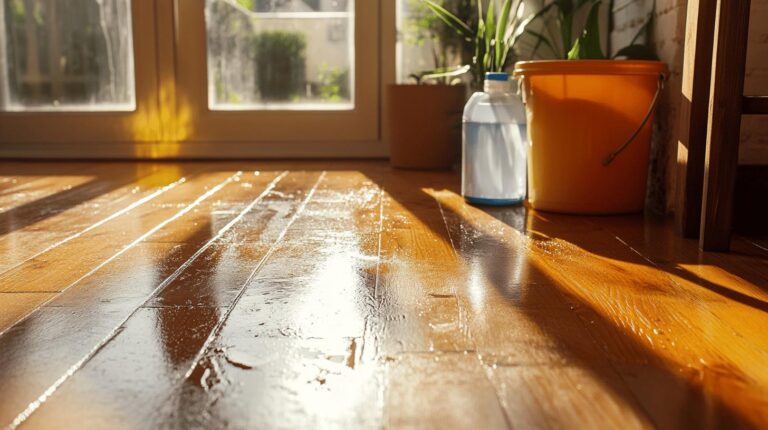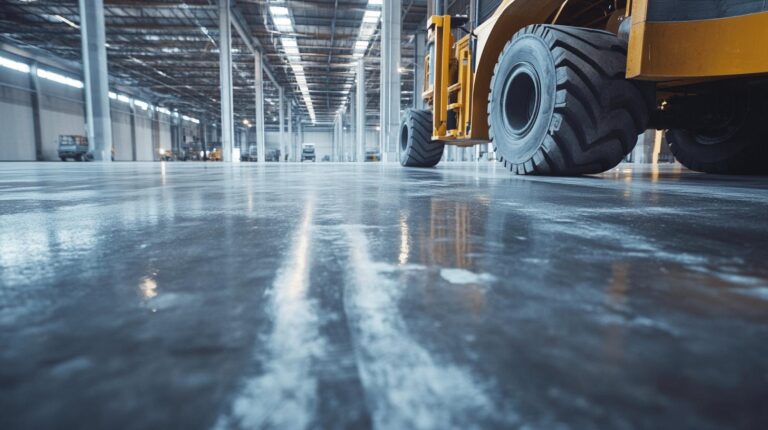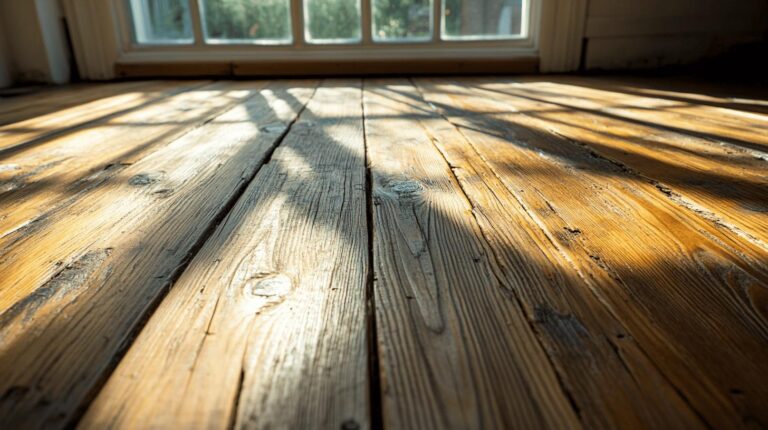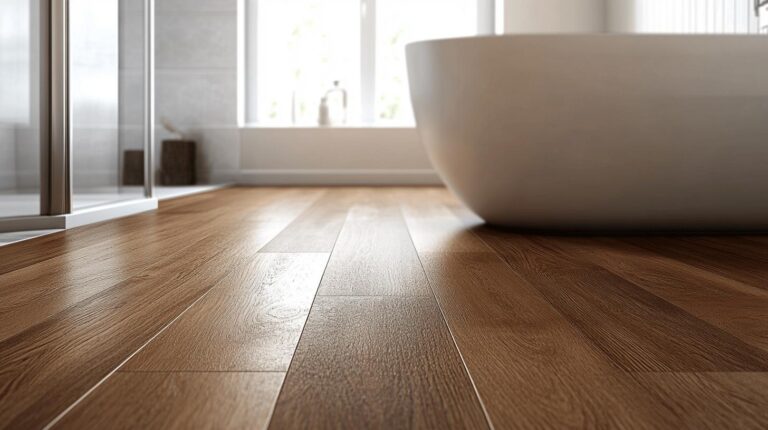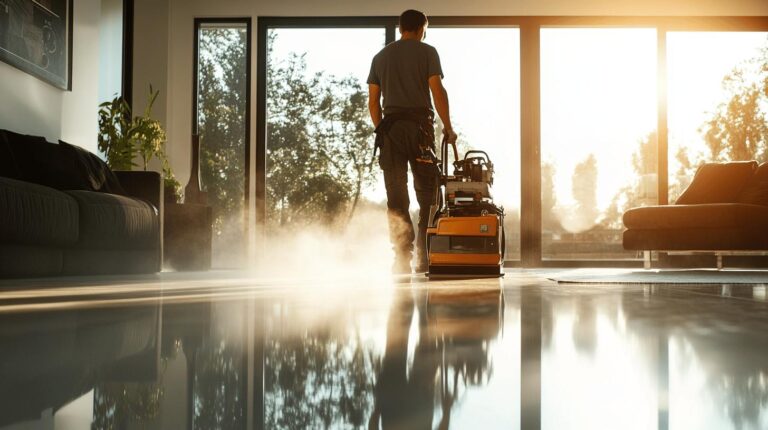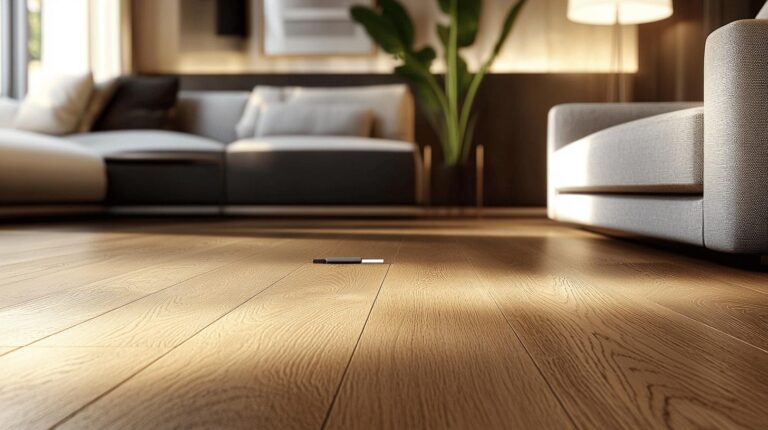Have you ever tiptoed across a room only to be betrayed by the unmistakable creak of a floorboard? Squeaky joists are more than just a mild annoyance; they’re a common issue that many homeowners face. As time progresses, factors like wood shrinkage, loose nails, and environmental changes can exacerbate these auditory disruptions. Fortunately, there are flexible repair solutions available to address these nuisances effectively. This article delves into various techniques, from DIY fixes to professional methods, to help restore peace and quiet to your home and enhance its overall appeal.
Understanding Why Joists Squeak
Joists can often become a source of unwanted noise due to several underlying issues. The most common causes include wood shrinkage, which occurs as the timber loses moisture over time, and loose nails that fail to secure the joist firmly. Additionally, friction between joists and flooring materials can generate noise when the surfaces rub against each other during movement. Environmental changes, such as fluctuations in humidity and temperature, can exacerbate these problems, leading to increased noise levels from the joists.
- Humidity fluctuations: Changes in humidity can cause wood to expand and contract, leading to loosened connections and increased friction.
- Temperature variations: Extreme temperature changes can affect the structural integrity of wood, causing it to warp or shrink.
- Moisture exposure: Excess moisture can weaken wood and lead to swelling, which may alter the fit of joists and flooring materials.
- Foundation settling: As buildings settle over time, slight shifts can impact the alignment and stability of joists, contributing to noise.
- Improper ventilation: Inadequate ventilation can trap moisture, accelerating wood damage and promoting conditions that lead to squeaky joists.
.
To mitigate these noise issues, regular maintenance and inspection of joists are crucial. Ensuring that nails or screws are securely fastened will help maintain the structural integrity of the flooring system. Regularly checking for signs of wear, such as loose or protruding nails, can prevent further damage. Implementing consistent indoor humidity control can also help minimise wood shrinkage and expansion, reducing the likelihood of squeaks. Proper care and timely intervention are essential to prolong the lifespan of timber joists and maintain a quiet, stable flooring environment.
Flexible Repair Solutions for Squeaky Joists: Top Tips
Flexible repair techniques are crucial for silencing squeaky joists, as they offer adaptable solutions to a common and often disruptive problem. By addressing the underlying causes of squeaks, such as loose connections and friction between materials, flexible methods help preserve the structural integrity of the flooring system. Whether tackling minor issues with DIY approaches or opting for professional solutions for more extensive repairs, these techniques ensure that joists remain secure and noise-free.
DIY Repair Techniques
For homeowners seeking cost-effective methods to address squeaky joists, DIY repair techniques provide an accessible solution. One common approach involves using wood shims, which are inserted into gaps between the joist and the subfloor. When coated with carpenter’s glue, these shims fill voids and stabilise the joist, reducing movement and noise.
Flexible construction adhesives also play a critical role in DIY fixes. Applying adhesive along the top of the joist where it meets the subfloor can effectively minimise friction and eliminate squeaks. The adhesive acts as both a filler and a bonding agent, preventing future movement. Additionally, securing loose joints with sturdy screws can enhance the floor’s stability and further reduce noise levels.
- Wood shims
- Construction adhesive
- Carpenter’s glue
- Sturdy screws
.
Professional Repair Solutions
For more complex issues or when DIY methods prove insufficient, professional repair solutions provide comprehensive approaches to silencing squeaky joists. One such method is sistering, which involves adding a new joist alongside the existing one. This technique offers additional support and reinforcement, effectively addressing structural weaknesses that contribute to noise.
Professionals might also utilise advanced adhesives and techniques to ensure long-lasting results. By thoroughly assessing the condition of the joists and applying targeted repairs, experts can eliminate squeaks while enhancing the overall durability of the flooring system. For extensive or challenging repair work, hiring a professional ensures that the job is completed efficiently and to a high standard.
Comparing DIY and Professional Repair Options
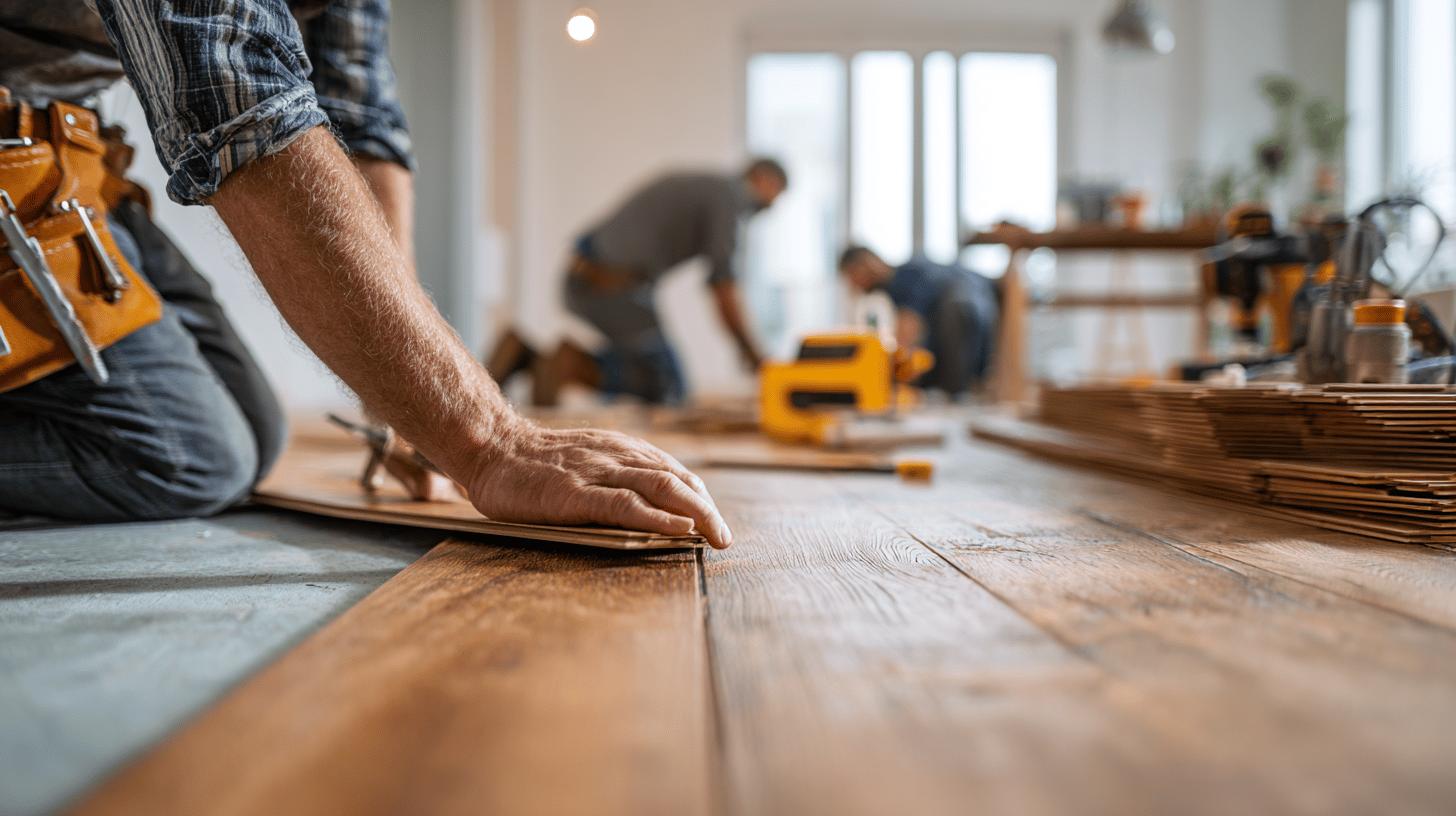
When considering solutions for squeaky joists, weighing the cost of DIY versus professional repairs is crucial. DIY repairs are notably cost-effective, with expenses generally staying under £50 for necessary materials like shims, construction adhesive, and screws. This affordability makes DIY methods an attractive option for addressing minor issues and provides a practical choice for budget-conscious homeowners. In contrast, professional repairs tend to be more comprehensive, addressing the root causes of squeaks with precision but at a higher cost, typically ranging from £200 to £500. While the initial investment is greater, professional services can offer long-term stability and peace of mind.
DIY repair techniques, while budget-friendly, are also effective for tackling minor squeak issues. Methods such as inserting wood shims coated with carpenter’s glue into gaps, or applying construction adhesive along joists, can significantly reduce noise levels by addressing the movement and friction causing the squeaks. This hands-on approach allows homeowners to manage repairs on their schedule, using readily available materials. However, for more extensive structural problems, DIY repairs may not provide the durability and thoroughness required to achieve lasting results.
Opting for professional repair services comes with several advantages, especially for complex or extensive issues involving joist integrity. Professionals have the tools, experience, and expertise to diagnose underlying problems accurately and apply targeted solutions, such as sistering joists or using advanced adhesives. These methods not only eliminate existing squeaks but also reinforce the flooring system’s structural integrity, reducing the likelihood of future issues. Hiring a professional ensures a high standard of work, minimising the risk of recurrent problems and enhancing the overall durability of the flooring.
Preventive Measures for Squeaky Joists
Environmental control plays a vital role in preventing squeaky joists. Maintaining consistent indoor humidity levels is crucial, as fluctuations can lead to wood shrinkage and expansion. This movement can cause loose connections and friction between the joists and flooring materials, resulting in noise. By controlling the humidity, you can reduce these issues and prolong the lifespan of your flooring. Additionally, ensuring proper ventilation helps to prevent excess moisture accumulation, further minimising the risk of squeaks.
- Regular joist inspections
- Consistent indoor humidity control
- Use of robust screws
- Proper flooring installation techniques
.
The importance of using high-quality materials and correct installation techniques cannot be overstated. Robust screws ensure a firm hold and prevent joists from becoming loose over time. Proper flooring installation techniques, such as accurate spacing and secure fastening, help create a stable and noise-free floor. Choosing durable materials that withstand environmental changes ensures long-term performance and reduces the need for frequent repairs. By adhering to these practices, you can effectively minimise future squeaks and maintain a quiet, comfortable living environment.
Final Words
Navigating the issue of squeaky joists involves understanding both the noise-causing factors and the available repair solutions. Flexible repair solutions for squeaky joists, whether through DIY methods or professional intervention, can effectively address the root causes of the creaking. By weighing the cost and benefits of each approach, homeowners can choose the most suitable option. Emphasising preventive measures like regular inspections and humidity control can further safeguard against future squeaks. Choosing the right repair method can ensure a silent and structurally sound floor, enhancing the home’s overall comfort and value.
Silence squeaks → Squeaky Wood Floor Repair
FAQ
Q: What are the best flexible repair solutions for squeaky joists?
A: The best flexible repair solutions include using wood shims, construction adhesive, and sturdy screws to secure loose joists. These materials effectively reduce movement and eliminate squeaks.
Q: How can I fix squeaky floorboards from above?
A: To fix squeaky floorboards from above, use construction adhesive or screws to secure loose boards. Identify the squeaky area and apply pressure while fixing to ensure a robust solution.
Q: What is a Squeaky Floor Repair Kit?
A: A Squeaky Floor Repair Kit typically includes tools and materials such as screws, shims, and adhesives. These kits provide a convenient, all-in-one solution for addressing floorboard squeaks.
Q: How do you fix squeaky floorboards under carpet?
A: To fix squeaky floorboards under carpet, locate the squeak, then drive screws through the subfloor to secure loose boards. Specialised kits like Squeak No More can assist in this process.
Q: How to fix squeaky floors from below?
A: Fix squeaky floors from below by reinforcing joists using shims or adhesive. For significant issues, consider sistering joists, which involves attaching additional wood for stability.
Q: How do you stop a joist from squeaking?
A: To stop a joist from squeaking, ensure all fastenings are secure, fill gaps with shims, or apply a construction adhesive to reduce movement and friction.
Q: How do I stop my joists from flexing?
A: Stop joists from flexing by using structural support methods like sistering, and applying construction adhesives to joints to increase stability and reduce noise.
Q: Can you fix squeaky floorboards without removing carpet?
A: Yes, specialised products like Squeak No More allow floorboards to be fixed without removing carpet by targeting the subfloor with screws.
Q: Will WD-40 stop floorboards creaking?
A: WD-40 may temporarily reduce floorboard noise by lubricating surfaces, but it is not a permanent solution like securing loose boards or using adhesive.
